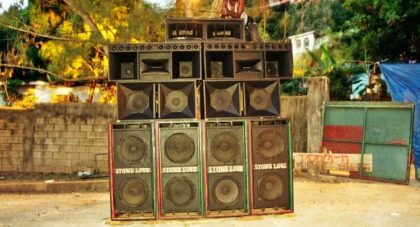The 4th of July is almost here, and while I’ll be taking in an Angels game out in Anaheim with my dad (how American is that? Fathers, baseball, and Disneyland?), I figured it would be best to leave you all with a few deep cuts from America’s poet, Bruce Springsteen. Sure sure, everyone knows “Born in the U.S.A.,” “Born to Run,” “Born Dancing in the Dark,” “Born on Thunder Road,” “Born . . .
Only the good shit. Aquarium Drunkard is powered by its patrons. Keep the servers humming and help us continue doing it by pledging your support.
To continue reading, become a member or log in.


